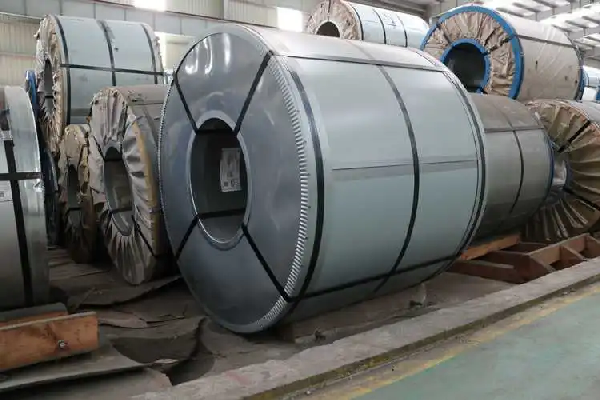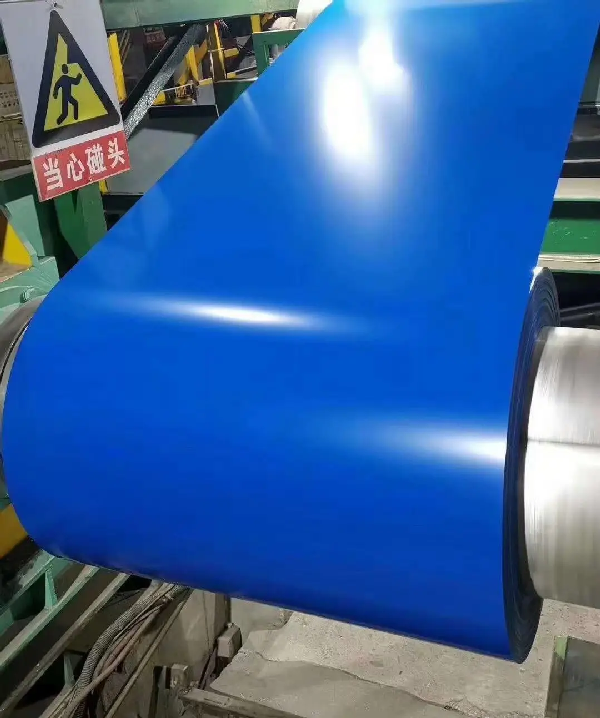Many beginners fall into the trap when purchasing color coated rolls because they do not understand their material. So, what material is good for color coated rolls?
The substrate for color coated coils can be cold-rolled coils or hot-dip electroplated steel. Although the organic coating of the colored coil material has a good anti-corrosion effect, there are still some small gaps in the organic coating, which may allow air and moisture to enter and cause rusting of the substrate. Therefore, colored coated coils made from uncoated substrates have a shorter service life and are prone to diffusion and coating peeling after being scratched. The substrate of the color coated steel coil is mainly galvanized steel plate or galvanized metal alloy for steel plate technology. In some production lines, the production process of color coatings is divided into substrate pre-treatment, chemical conversion coatings (non organic metal coatings), organic non-metallic coatings, and post coating processes.

1、 Substrate pre-treatment: If we are not a company that can directly enter the color coating process of society after production, galvanized steel plates used as substrates may continuously experience rust (white rust), dust, and other pollution during transportation and development. If these cannot be removed, the quality of the paint will be affected. The quality of finished color coated rolls and the physical and chemical technical performance of all students are closely related to pre-treatment. In addition, in galvanizing production, in order to prevent rust and oiling, these oils are also removed before color coating production. The commonly used pre-treatment method now is the alkaline solution degreasing method.
2、 The chemical conversion film has two functions
One is to further improve the rust prevention ability,
The second is to improve the adhesion between the substrate and the coating, and improve the coating performance of the substrate.

There are generally three steps:
One is phosphating, which first forms a large amount of crystals on the metal surface, and then forms a layer of phosphate film on the metal surface with a phosphate salt solution;
The second is passivation and sealing. The phosphate film still has some pores, which are chemically reacted with chromates to form a protective film. Thirdly, wash with pure water and remove the passivation solution with desalinated or deionized water.
3、 Organic coatings are mainly divided into primer and topcoat. Primer requirements are not high and can be applied in a color smooth manner. However, in order to improve production information security, Chinese enterprises generally use a color reverse coating method for primer and topcoat.
Post coating process: The post coating process includes printing, embossing, peelable protective film, bonding, etc., which improves the decorative and protective properties of the color coated board.
Post time: May-31-2024

